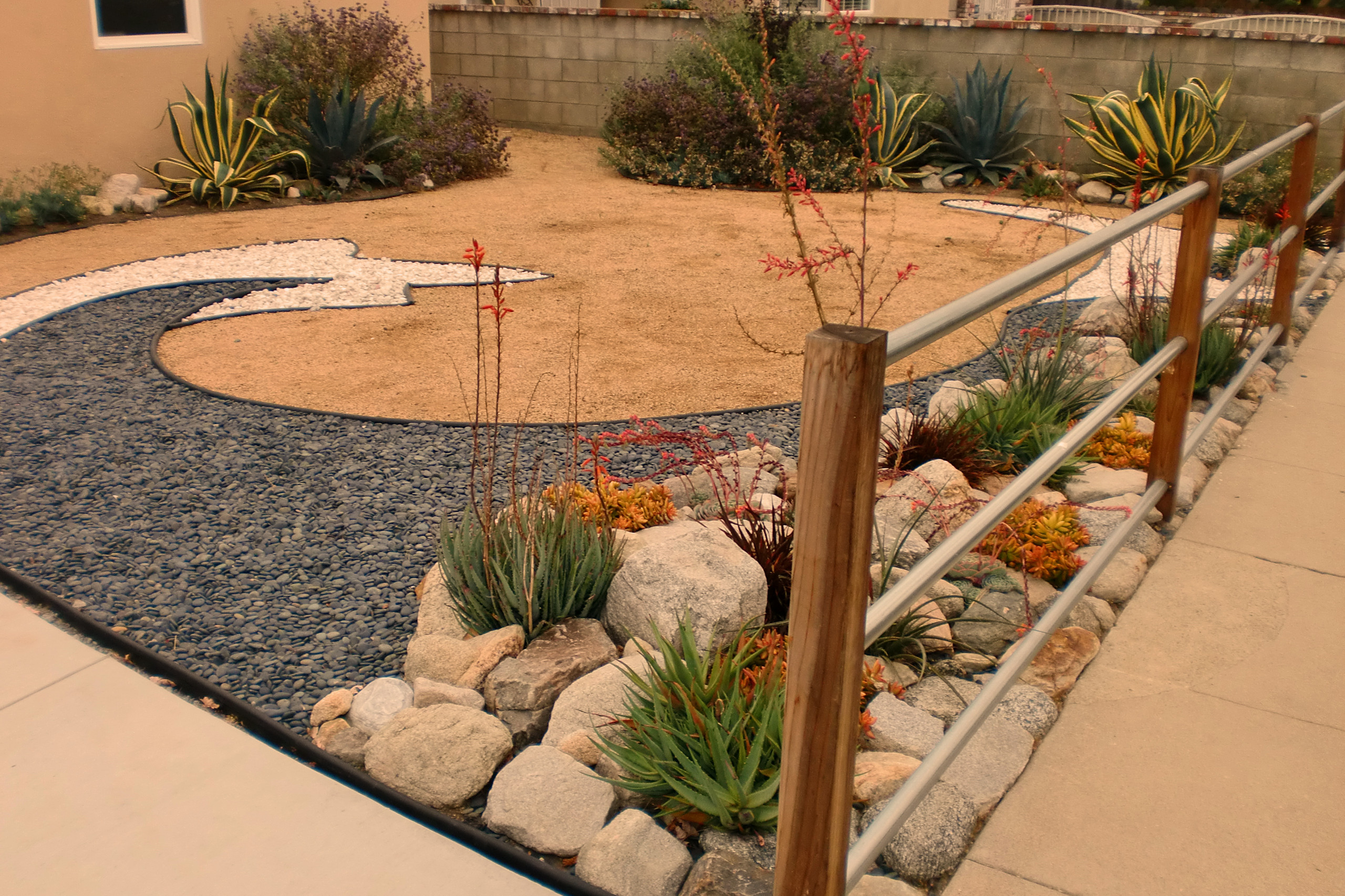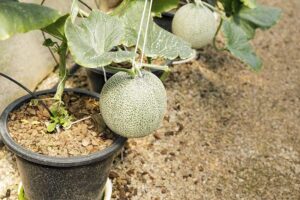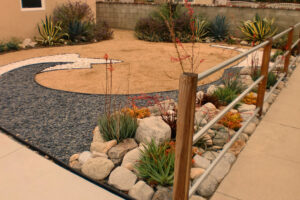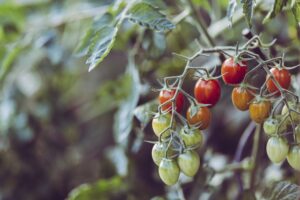
Transforming your backyard into a desert-inspiredasis is not only a trendy choice but also a practical one, especially for those seeking to conserve water and maintain a low-maintenance landscape. With the right combination of drought-tolerant plants, creative hardscaping solutions, and decorative elements, you can create a stunning outdoor space that reflects the beauty and tranquility of the desert landscape without breaking the bank.
I. Introduction
A. The Appeal of Desert Landscaping
Desert landscapes have an undeniable allure, characterized by their rugged beauty, unique plant life, and vast open spaces. By embracing desert-inspired design principles, you can create a backyard retreat that captures the essence of the arid terrain while providing a sustainable and visually striking environment.
B. Budget-Friendly Approach to Backyard Design
Contrary to popular belief, creating a desert-themed backyard doesn’t have to be expensive. With careful planning and strategic use of resources, you can achieve a stunning desert landscape on a budget, maximizing both aesthetic appeal and environmental sustainability.
II. Choosing Drought-Tolerant Plants
A. Succulents and Cacti
1. Variety of Shapes and Sizes
Succulents and cacti come in a wide array of shapes, sizes, and colors, making them versatile choices for desert landscaping. From the towering saguaro cactus to the delicate rosettes of echeverias, there’s a succulent or cactus variety to suit every taste and preference.
2. Low Maintenance Requirements
One of the greatest advantages of succulents and cacti is their low maintenance requirements. These plants are well-adapted to arid conditions, requiring minimal water and little to no fertilizer. With proper siting and occasional pruning, they can thrive with minimal intervention.
B. Native Desert Plants
1. Adaptability to Local Climate
Native desert plants, such as agaves, yuccas, and desert marigolds, are perfectly suited to the local climate and soil conditions. By incorporating these plants into your landscape design, you can create a naturalistic and sustainable environment that requires minimal water and maintenance.
2. Water Conservation Benefits
One of the primary benefits of using native desert plants in your landscaping is water conservation. These plants have evolved to survive in arid environments with limited rainfall, making them excellent choices for water-wise gardening practices.
C. Ornamental Grasses
1. Texture and Movement
Ornamental grasses add texture and movement to the landscape, mimicking the sway of desert grasses in the breeze. From feathery stipa grasses to bold muhly grasses, there’s a variety of ornamental grasses that can enhance the visual appeal of your desert landscape.
2. Drought Resistance
Many ornamental grasses are drought-resistant and require little supplemental irrigation once established. These grasses are well-suited to desert climates and can thrive in hot, dry conditions with minimal water input.
III. Creative Hardscaping Solutions
A. Gravel and Rocks
1. Texture and Visual Interest
Gravel and rocks add texture and visual interest to the landscape, mimicking the natural terrain of the desert. Choose a variety of sizes and shapes to create a dynamic and visually appealing hardscape that complements your plantings.
2. Permeable Surface for Water Drainage
Gravel and rocks also provide a permeable surface for water drainage, helping to prevent erosion and runoff. This can be especially beneficial in desert climates where heavy rainfall is infrequent but intense.
B. Mulch and Ground Cover
1. Weed Suppression
Mulch and ground cover materials, such as shredded bark or gravel, help suppress weeds and conserve soil moisture. By covering bare soil with a layer of mulch, you can reduce water evaporation and minimize weed growth, resulting in a cleaner and more low-maintenance landscape.
2. Soil Moisture Retention
In addition to weed suppression, mulch and ground cover materials also help retain soil moisture, reducing the need for frequent watering. This is particularly important in desert climates where water is scarce and precious.
C. Recycled Materials
1. Eco-Friendly Options
Using recycled materials in your hardscape design is not only cost-effective but also environmentally friendly. Consider incorporating salvaged wood, reclaimed bricks, or recycled concrete into your landscape to reduce waste and minimize your ecological footprint.
2. Cost-Effective Alternatives
Recycled materials are often more affordable than traditional landscaping materials, making them an attractive option for budget-conscious homeowners. With a little creativity and resourcefulness, you can create a stylish and sustainable hardscape that reflects your personal taste and values.
IV. Incorporating Decorative Elements
A. Desert-Inspired Artwork
1. Sculptures and Installations
Add visual interest to your desert landscape with desert-inspired artwork, such as sculptures, installations, or pottery. Look for pieces that evoke the natural beauty and spirit of the desert, such as abstract sculptures or whimsical cactus planters.
2. Mosaics and Paintings
Mosaics and paintings are another creative way to incorporate desert-inspired art into your landscape design. Consider commissioning a local artist to create a custom mosaic mural or painting that reflects the colors and textures of the desert landscape.
B. Functional Design Elements
1. Fire Pits and Seating Areas
Create a cozy gathering space in your backyard with a fire pit and seating area. Choose materials that complement your desert theme, such as natural stone or adobe brick, and arrange seating around the fire pit to encourage conversation and relaxation.
2. Shade Structures and Arbors
Provide relief from the intense desert sun with shade structures and arbors. Consider planting climbing vines or installing shade sails to create dappled shade and add visual interest to your outdoor space.
C. Water Features
1. Sustainable Options
Incorporate water features into your desert landscape design using sustainable and water-efficient technologies, such as recirculating fountains or pondless waterfalls. These features add ambiance and tranquility to your outdoor space without wasting water.
2. Wildlife Attraction
Water features also attract wildlife to your backyard, providing essential habitat and resources for birds, insects, and other desert creatures. Choose features that are safe and accessible for wildlife, such as shallow bird baths or rock-lined ponds.
V. Maintenance and Sustainability Practices
A. Efficient Irrigation Systems
1. Drip Irrigation
Install a drip irrigation system to deliver water directly to the root zone of your plants, minimizing water waste and maximizing efficiency. Drip irrigation systems can be customized to suit the specific needs of your landscape and can be programmed to water plants at optimal times.
2. Rainwater Harvesting
Collect rainwater from your roof or gutters and use it to irrigate your landscape, reducing your reliance on municipal water sources and lowering your water bill. Rainwater harvesting systems can range from simple rain barrels to elaborate cisterns, depending on your needs and budget.
B. Regular Pruning and Weeding
1. Promoting Plant Health
Prune your plants regularly to remove dead or diseased growth and promote healthy growth and flowering. Use sharp, clean pruning tools and make clean cuts to minimize stress on the plant and reduce the risk of infection.
2. Weed Control Methods
Keep weeds at bay by regularly inspecting your landscape and removing weeds as soon as they appear. Use mulch or ground cover materials to suppress weed growth and minimize the need for manual weeding.
C. Soil Amendment and Fertilization
1. Organic Nutrient Sources
Improve soil fertility and structure by incorporating organic amendments, such as compost, into your soil. Compost adds essential nutrients and beneficial microorganisms to the soil, promoting healthy root growth and plant vigor.
2. Soil Testing and pH Adjustment
Test your soil regularly to determine its pH and nutrient levels and make adjustments as needed. Soil testing kits are available at garden centers and online retailers and can provide valuable insights into the health of your soil and the needs of your plants.
In conclusion, creating a desert-inspired landscape in your backyard doesn’t have to be expensive or water-intensive. By selecting drought-tolerant plants, incorporating creative hardscaping solutions, and incorporating decorative elements, you can create a stunning outdoor space that reflects the beauty and tranquility of the desert landscape while conserving water and minimizing maintenance. With careful planning and sustainable practices, you can enjoy a lush and vibrant desert oasis right in your own backyard.






